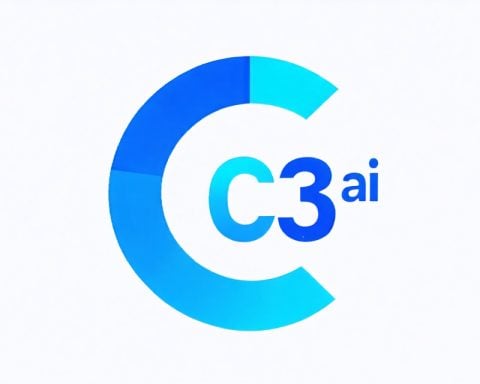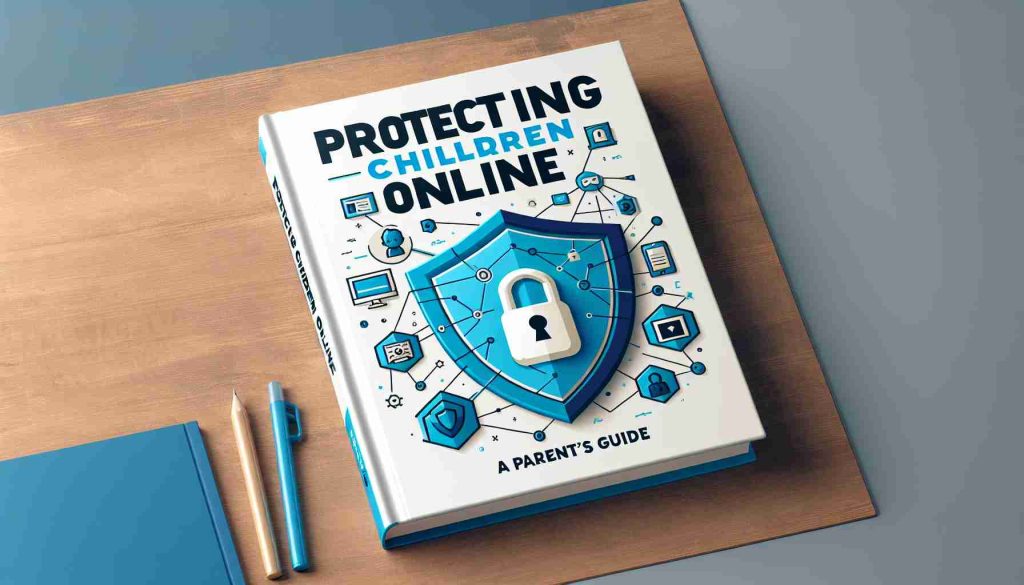Students nowadays are getting creative with their solutions for bringing smartphones into schools. Forget about conventional chargers, books, or water bottles – the new trend is all about clever gadgets that serve as perfect disguises for phones.
Gone are the days of hiding phones in boring places. Instead, students are utilizing specially designed products like “hidden phone gadgets” to outsmart teachers and parents. These gadgets come in various forms, from charging banks to mirrors and even book-shaped compartments, all equipped with secret compartments for phones.
One social media user shared her experience with a water bottle that cleverly concealed her phone inside, fooling teachers with its ordinary appearance. Such innovative solutions are becoming increasingly popular among students, offering them a sense of freedom to use their phones discreetly.
While these products may seem harmless, they raise legal concerns regarding their usage. The Education Ministry has strict regulations against students bringing personal phones to school, aiming to maintain order and focus within the learning environment.
However, the market for these “hidden phone gadgets” continues to thrive, with some even going as far as creating items that can evade detection, such as a water bottle that claims to be undetectable by conventional methods.
Despite the creativity behind these products, legal experts warn that selling and promoting these items could potentially violate advertising laws. Businesses promoting these gadgets may be subject to fines and other penalties for encouraging behaviors that go against social norms.
As the demand for such products persists, it is essential for both businesses and online platforms to uphold ethical standards and prevent the spread of negative values that may impact students’ well-being and moral development.
Students today are increasingly turning to innovative solutions to discreetly use their smartphones in school settings. The market is flooded with a variety of clever gadgets designed to camouflage phones, providing students with a way to bypass rules against bringing personal devices to school.
However, beyond the novelty and convenience these products offer, important questions arise regarding the impact of these smart solutions on academic integrity and discipline within educational institutions.
One crucial question is: How do these hidden phone gadgets affect students’ learning and behavior in the classroom? While students may feel empowered by using these gadgets, there is the risk of distraction and potential disruptions to the learning environment.
Another key question to consider is: What are the ethical implications of promoting and using these products? Advocates for strict school policies argue that these gadgets promote deceit and undermine the rules put in place to foster a productive educational atmosphere.
Key challenges associated with smart solutions for students include the constant battle between technological innovation and maintaining appropriate boundaries in educational settings. Schools must navigate the fine line between embracing technology for educational purposes and preventing its misuse for non-academic activities.
Moreover, controversies may arise concerning the legality of marketing and selling these hidden phone gadgets. While students see them as tools for personal freedom, educational authorities and legal experts raise concerns about the implications of circumventing school rules and regulations.
Advantages of these innovative products lie in their ability to cater to students’ desire for connectivity and access to information while in school, promoting a sense of independence and control over their devices.
However, disadvantages include potential disruptions to the learning environment, erosion of discipline, and the perpetuation of a culture that prioritizes convenience over adherence to established rules and guidelines.
For more information on educational technology and student solutions, visit Education.gov for relevant resources and insights into the intersection of innovation and academic integrity.























